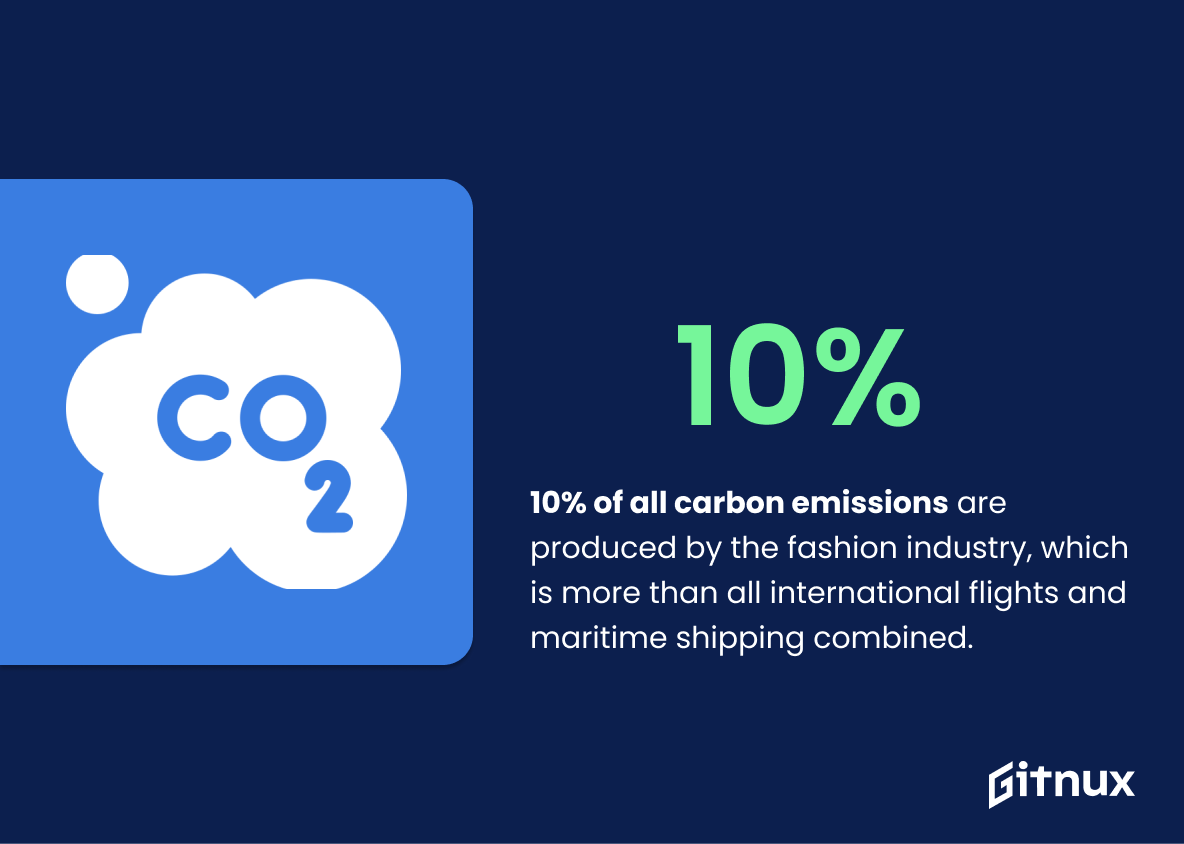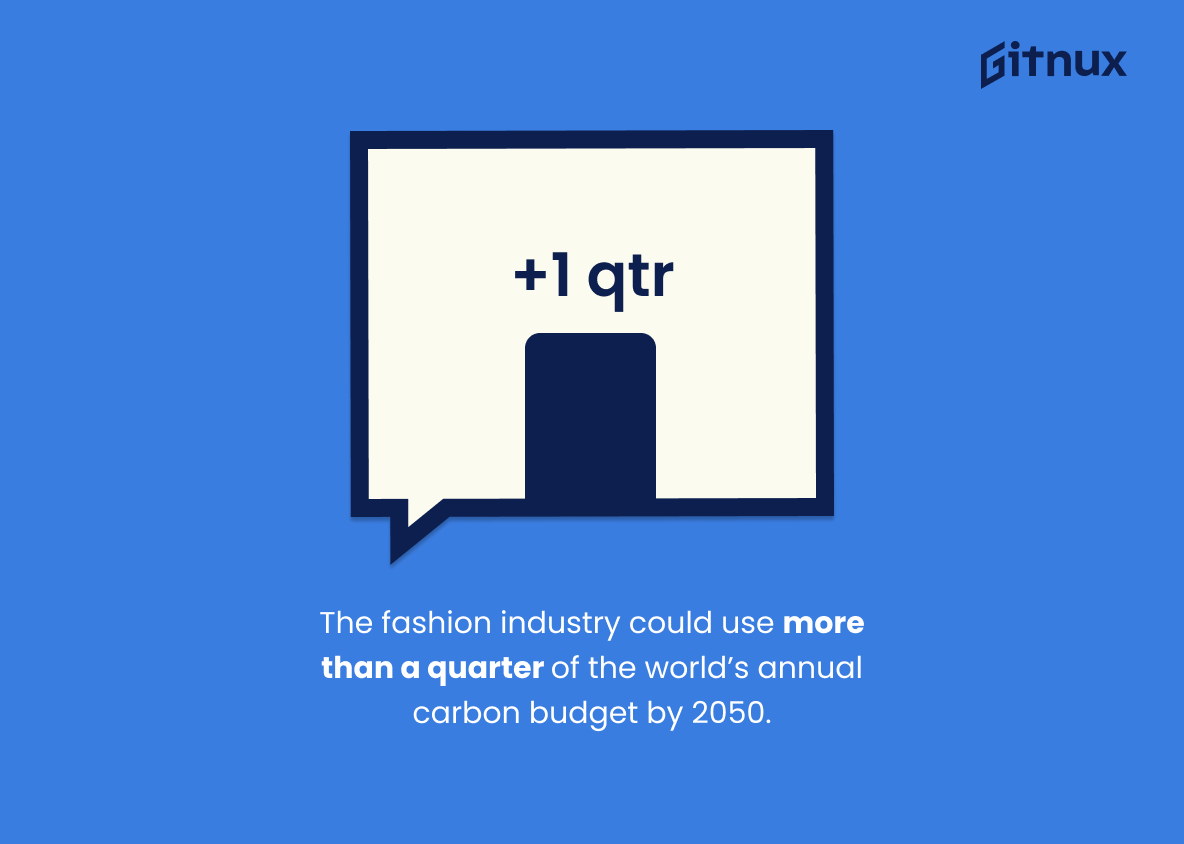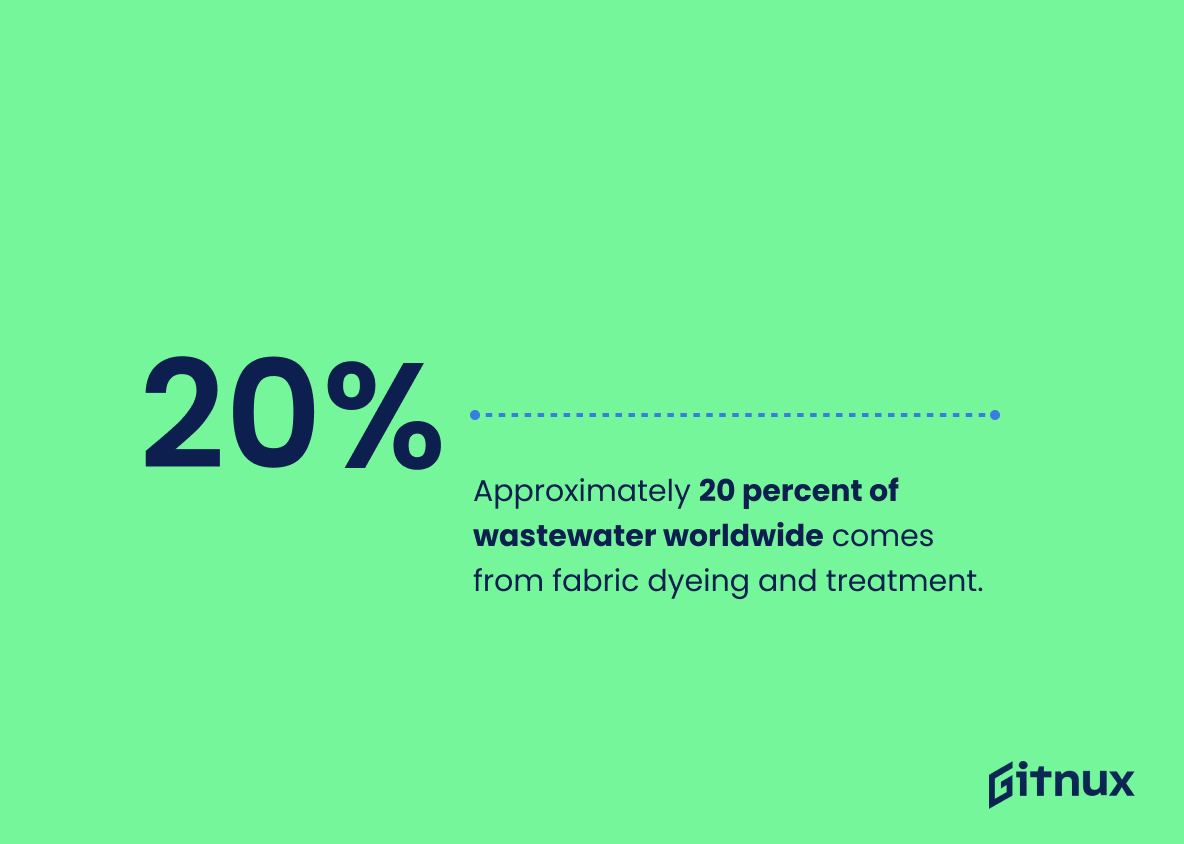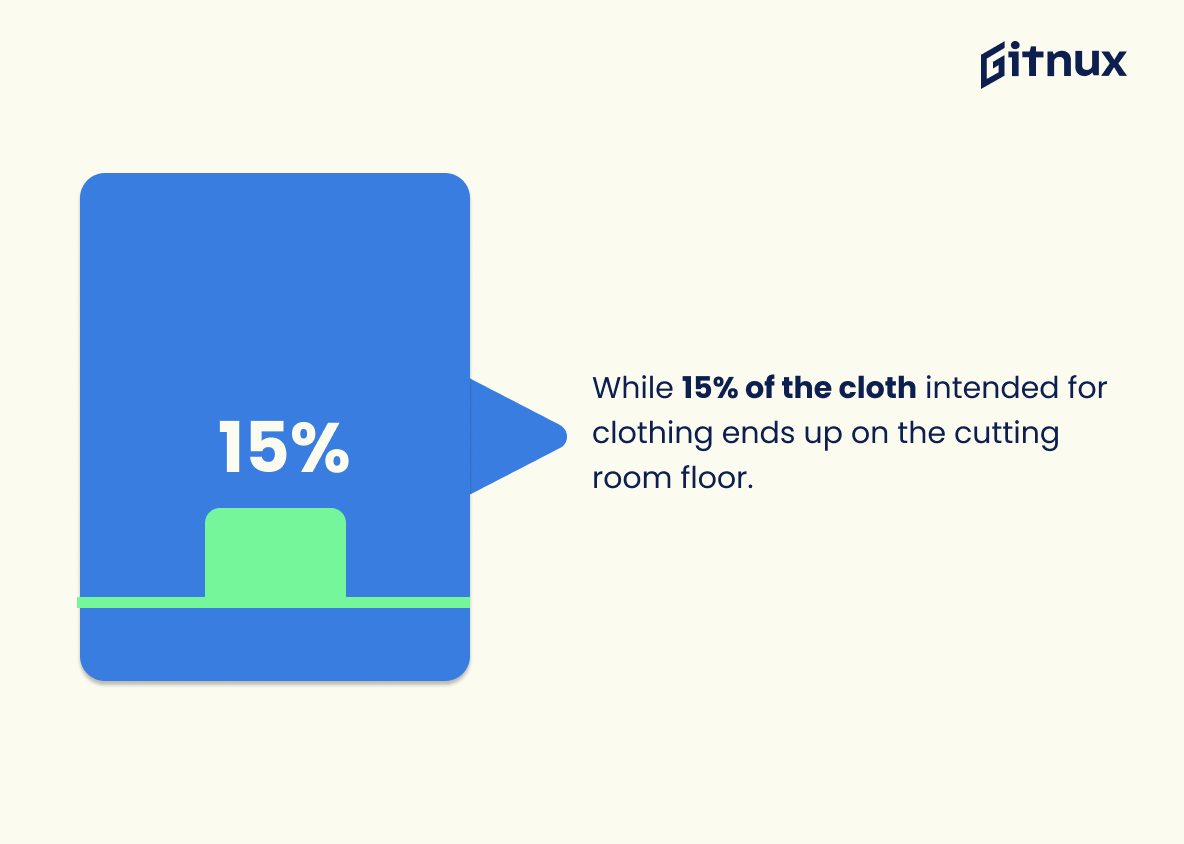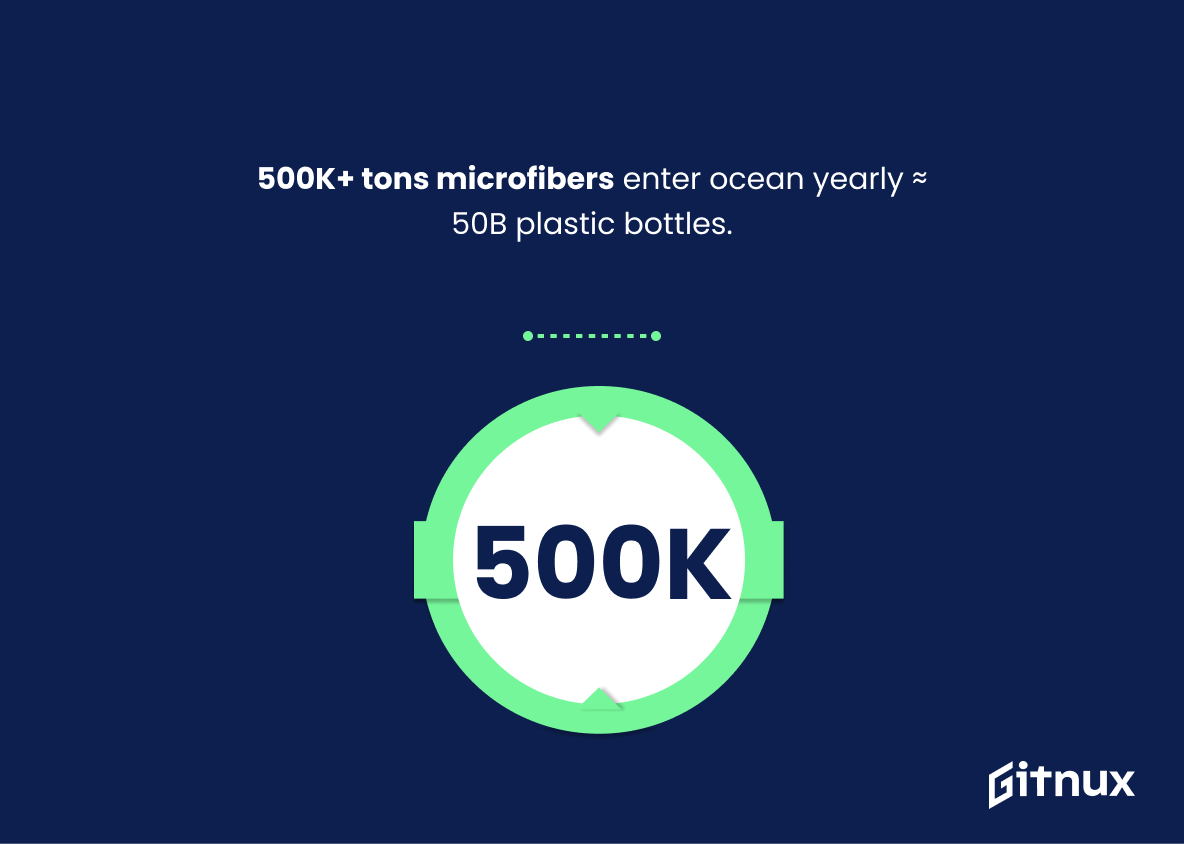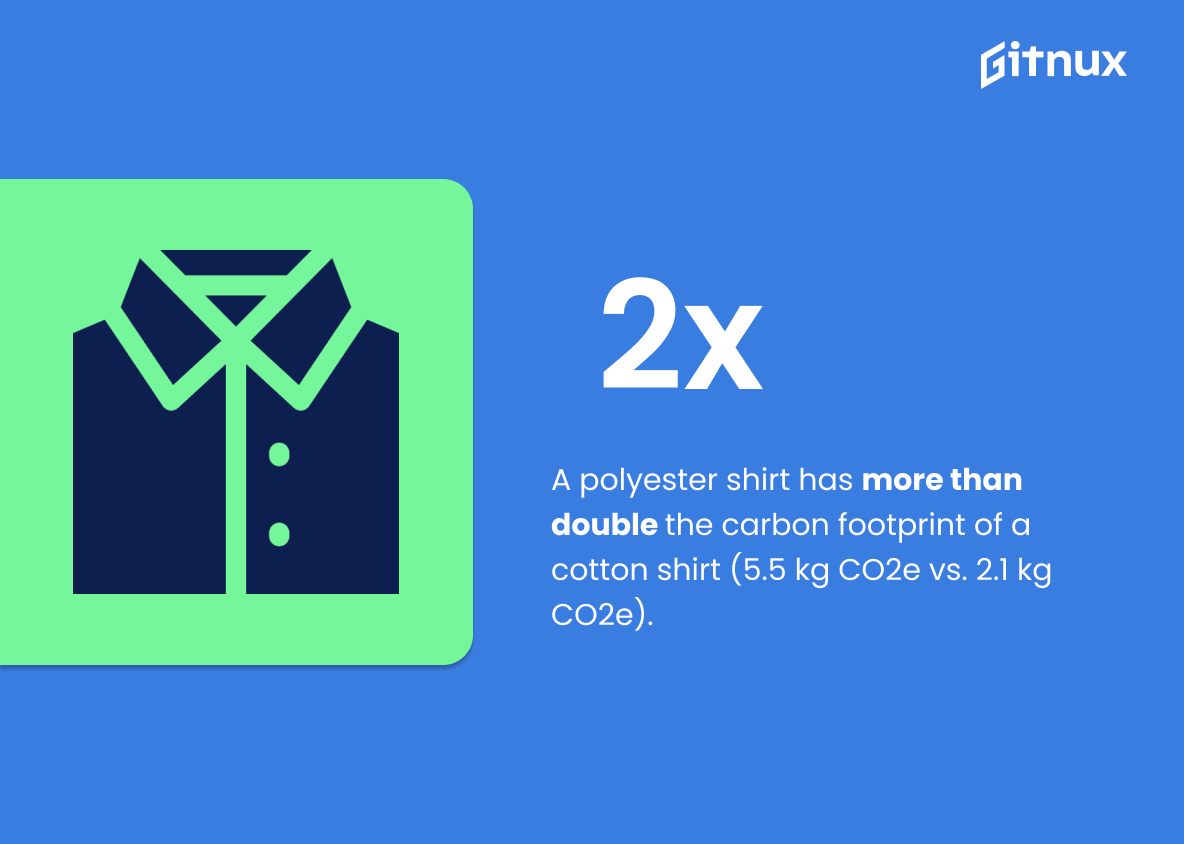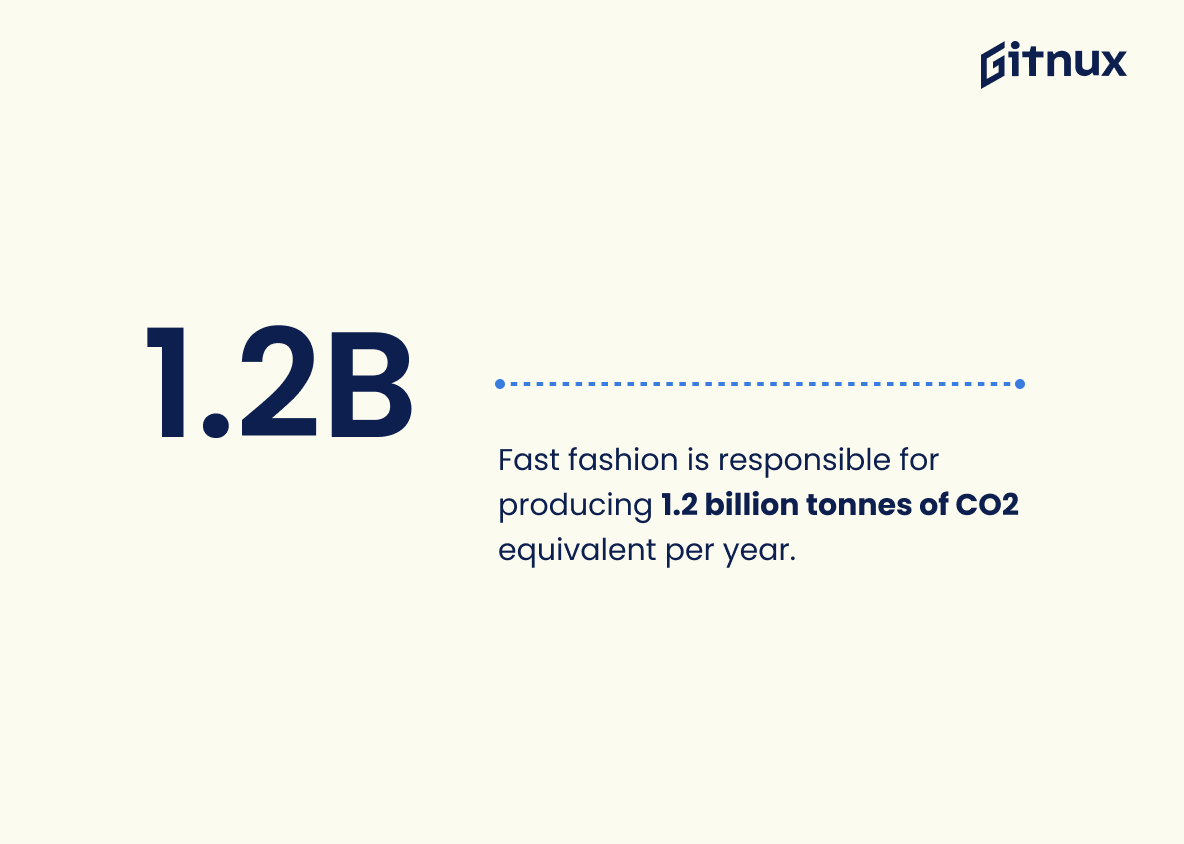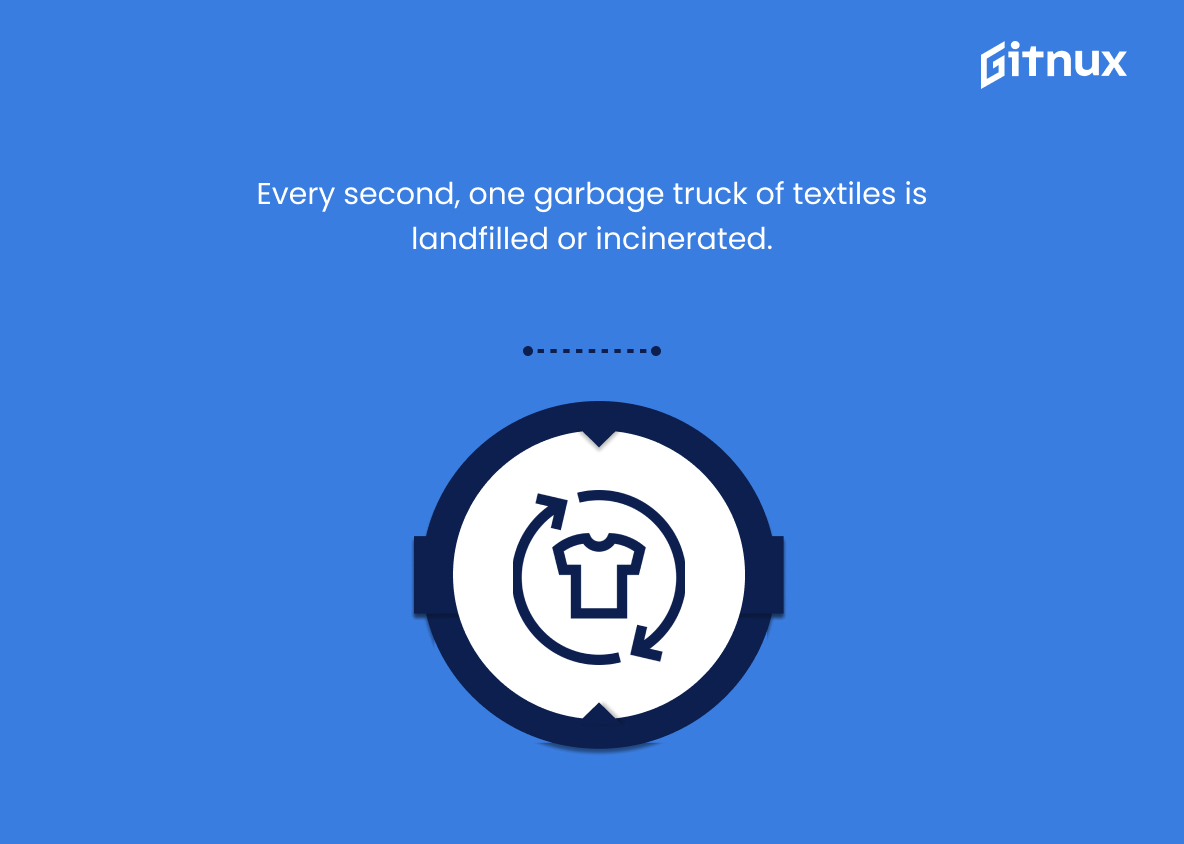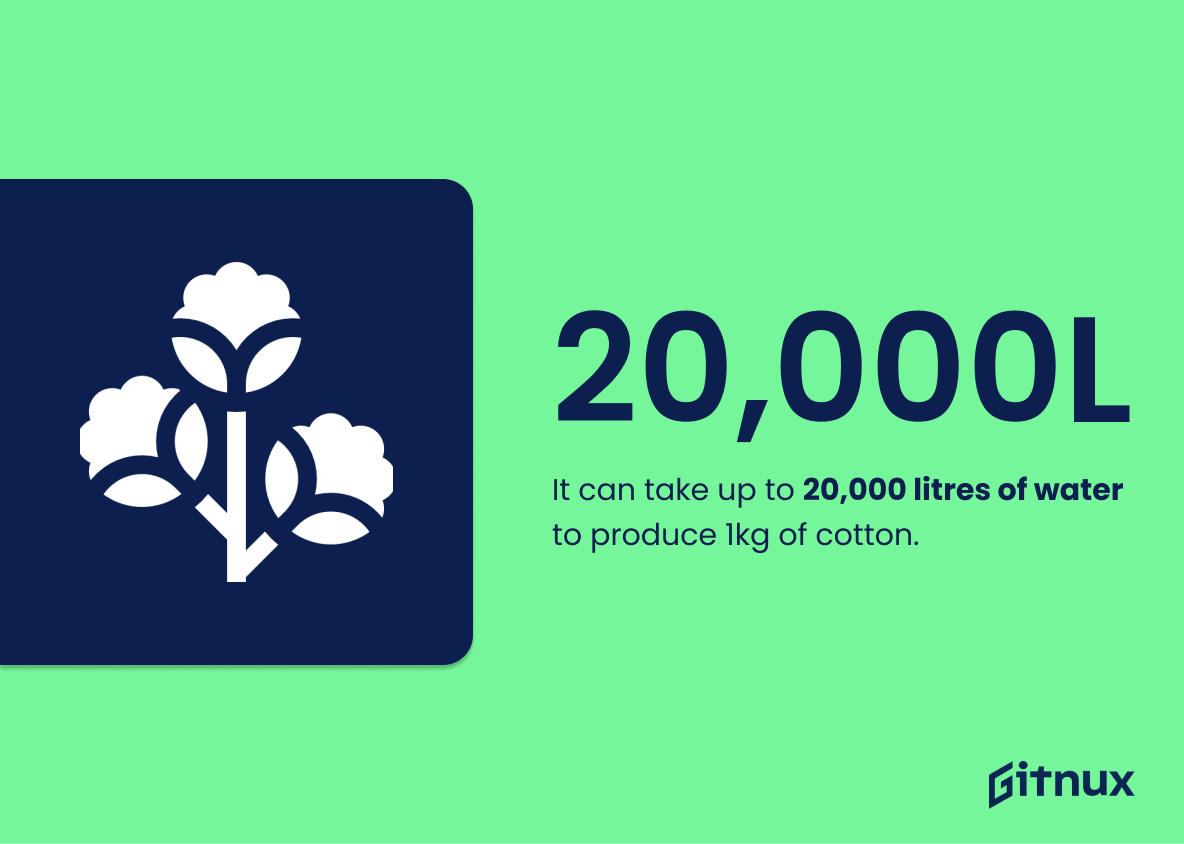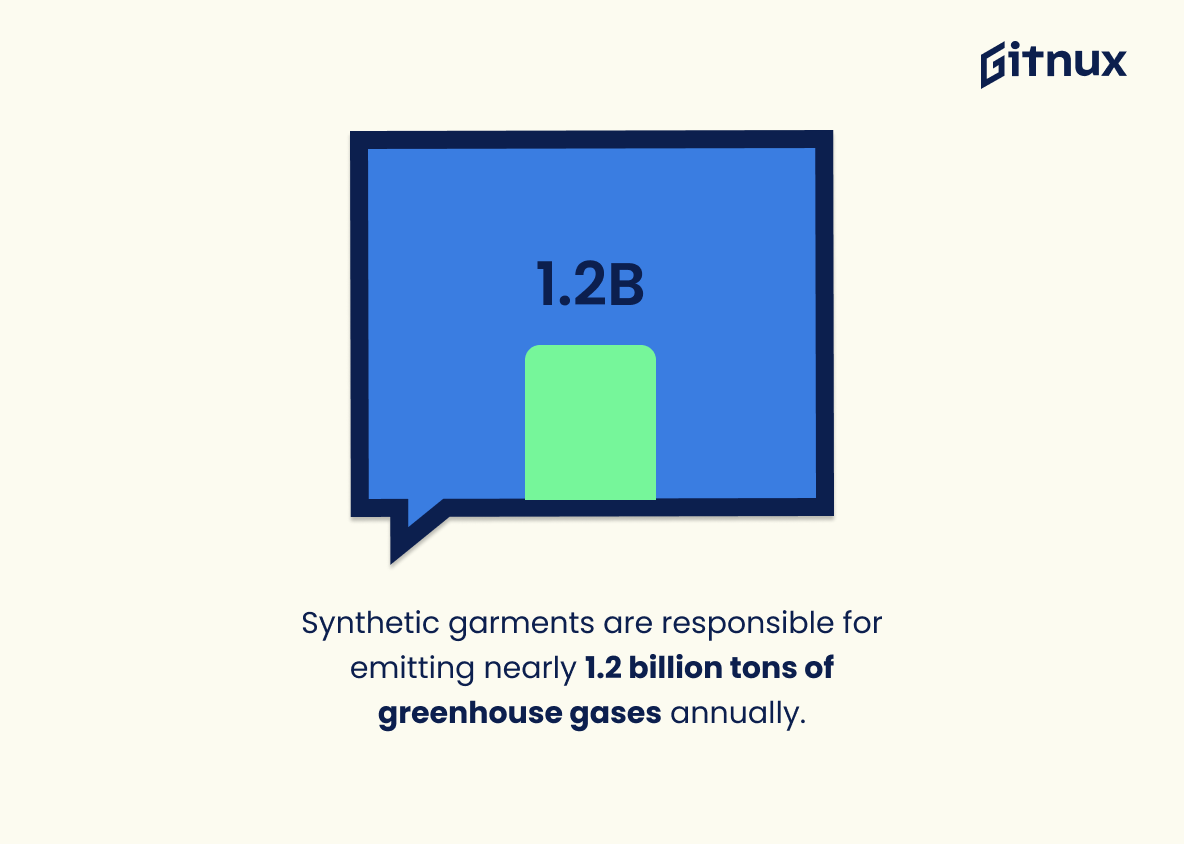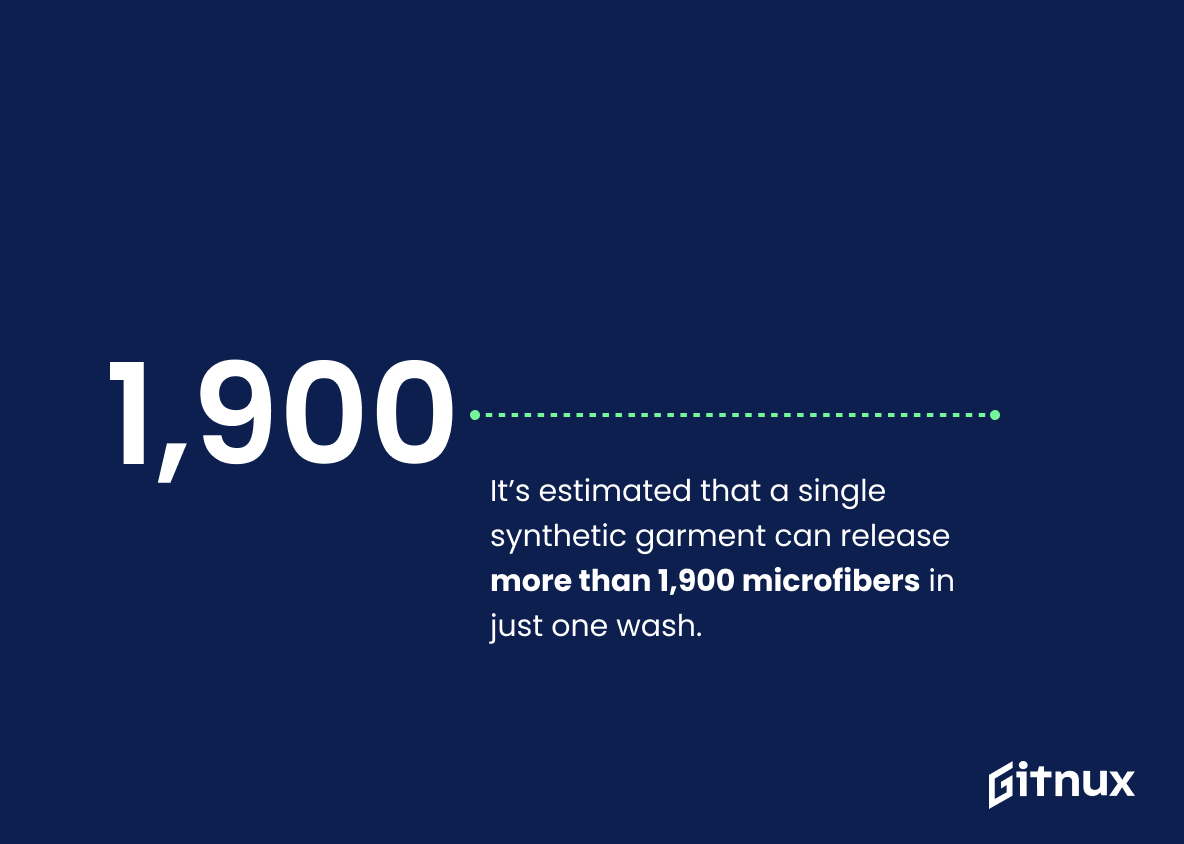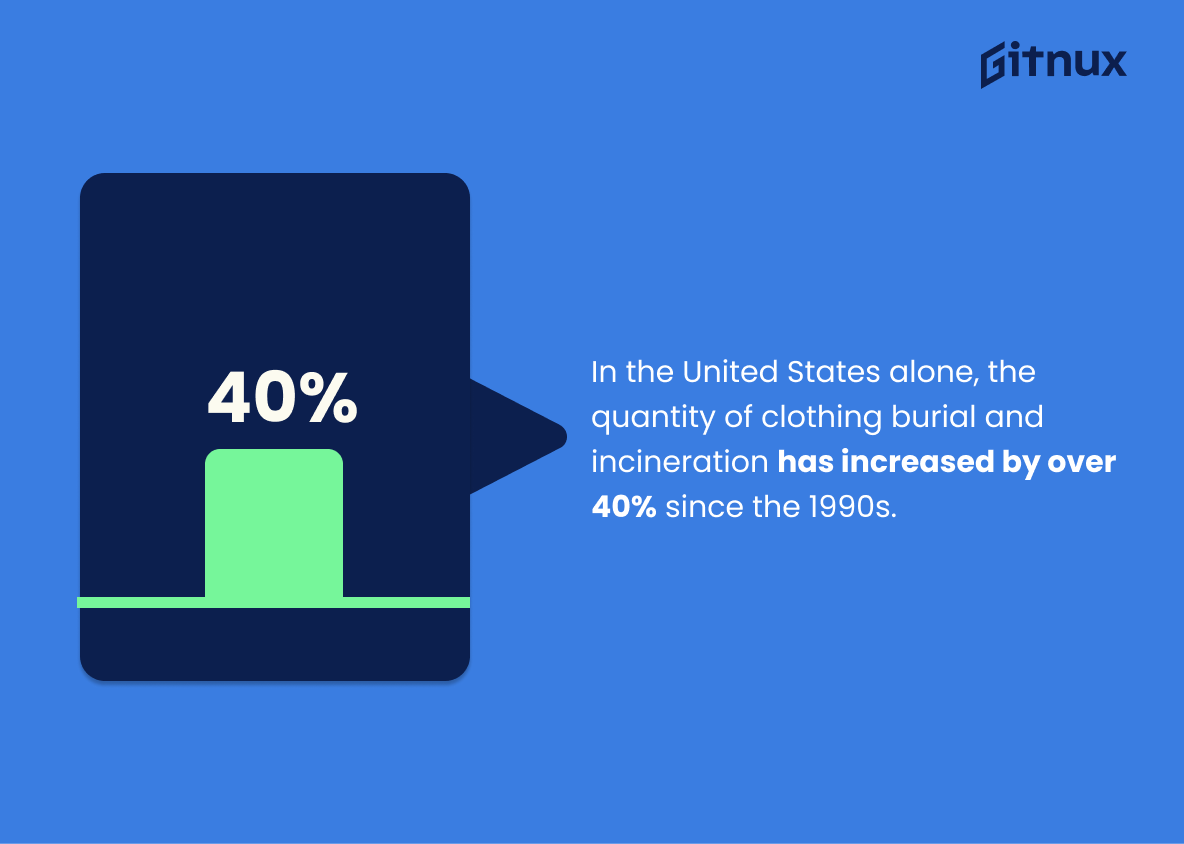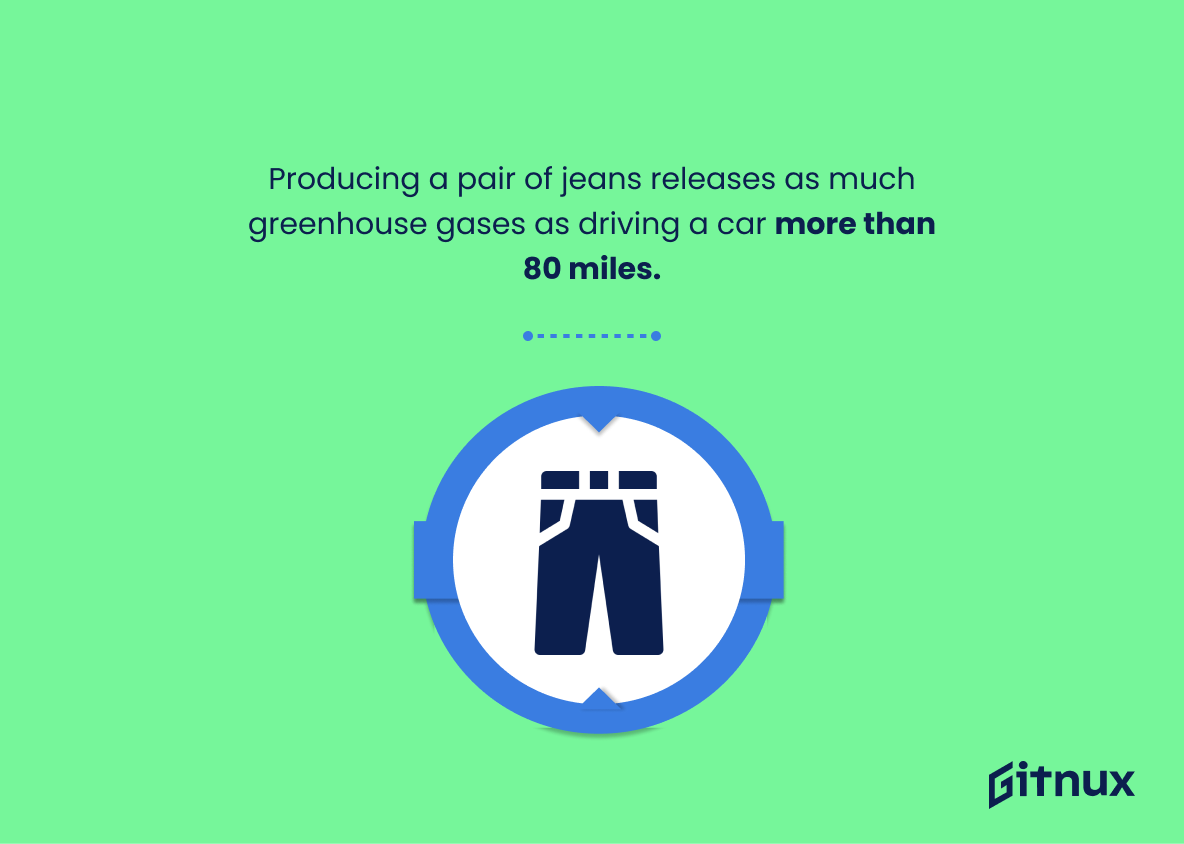In our rapidly shifting, trend-obsessed society, fast fashion holds an undeniably prominent place. However, while flashy labels, budget prices, and weekly wardrobe updates can be alluring, the environmental cost is staggering.
Join us as we delve deep into the unglamorous underbelly of the fashion industry, arming ourselves with illuminating fast fashion pollution statistics. This blog post aims to shed light on the eye-opening magnitude of this global issue while challenging readers to reconsider their consumption patterns for the betterment of our planet.
The Latest Fast Fashion Pollution Statistics Unveiled
10% of all carbon emissions are produced by the fashion industry, which is more than all international flights and maritime shipping combined.
Unraveling this potent statistic, one can glimpse the undeniable environmental footprint of the fashion industry. Astoundingly, the industry alone is responsible for a whole tenth of global carbon emissions, managing to outpace even the combined contributions of international flights and maritime shipping. Shedding light on the ruthless pace of fast fashion, it underscores the urgency for change. We are donning the consequences of our choices on our global wardrobe—our planet.
Each sparkly sequin, faux fur vest, or cheaply-produced tee leaves behind a carbon story that is far from pretty. This numerical revelation is a call to action, a call to redefine the industry standards, and to make every piece of clothing count—not merely as a fashion statement but as a statement of our commitment to the environment.
The fashion industry could use more than a quarter of the world’s annual carbon budget by 2050.
Peering through the lens of fast fashion pollution statistics, the projection that the fashion industry could account for more than a quarter of the world’s annual carbon budget by 2050 raises significant alarm bells. It spotlights the colossal environmental footprint that fast fashion, with its expedited production processes and disposable consumer culture, is leaving on our planet.
This statistic outlines a future scenario if we continue with business as usual, serving as a stark, numerical wake-up call in a world that teeters on the edge of climate crisis. With fast fashion’s gluttonous appetite for carbon, the industry is not just nibbling, but gorging itself on a delicacy that our world can scarcely afford. This numeric prophecy underscores the urgent necessity for systemic change in the fashion industry, facing the reality of its impactful role in the global carbon diet.
Approximately 20 percent of wastewater worldwide comes from fabric dyeing and treatment.
Shining a spotlight on the severely alarming fact that a fifth of global wastewater originates from fabric dyeing and treatment unravels the hidden environmental cost of fast fashion. This fact reflects the extent to which the glamour and allure of trendy, affordable clothing masks a chilling reality of water pollution on a planet-wide scale. It is a stark reminder pushing us to reconsider our consumption patterns, calling for not only the fashion industry’s transformation but also our own sustained commitment to more sustainable wardrobe choices.
With every piece of brightly colored, newly stitched apparel we reach for, we unconsciously contribute to the 20 percent stream of wastewater, tainting our precious water bodies. It is a wake-up call to consider the life-cycle of each fashion item and the long trail it leaves on our planet. It’s not just about looking good, it’s also about doing good; and our future survival may just be woven into the fabric of these decisions.
While 15% of the cloth intended for clothing ends up on the cutting room floor.
Highlighting the statistic of 15% cloth waste during the production process serves as a harsh reminder of the rampant wastage in the fast fashion industry. This figure underscores a critical aspect of the environmental footprint. Each scrap discarded on the cutting room floor contributes to the increasing problem of textile waste, a significant pollutant often overlooked in the grand scheme of fast fashion pollution.
This alarming fact further fuels the urgency for sustainable practices in the fashion world, pressing for a shift from ‘fast and wasteful’ to ‘slow and sustainable.’ An industry makeover that not only respects design ingenuity, but also, and more importantly, the environment.
More than 500,000 tons of microfibers are estimated to be released into the ocean annually – equivalent to 50 billion plastic bottles.
Sail along with me on this ocean of fast fashion pollution statistics. Our ship navigates towards a staggering figure – over 500,000 tons of microfibers estimated to be spewing into our ocean each year. Imagine this, each year, our beloved ocean is involuntarily swallowing an amount equivalent to 50 billion plastic bottles. Doesn’t that image leave a bitter taste? It should.
This swallowing is not by choice, yet continues due to our relentless demand for fast fashion. Each wash of our synthetically-made clothes tears away microfibers that sneak through our washing machines, stealthily slipping into our water systems, and eventually staging a silent invasion upon the ocean.
They may be micro, but these fibers are a macro catastrophe: a deadly banquet for marine life that mistake them for planktons – their food. The knock-on effect through the food chain is painfully obvious, reaching seabirds, turtles, and eventually, us. The scary part? We’re still not sure of the full health implications when we ingest plastic-tainted seafood.
So when we come across this colossal mass of 500,000 tons, let’s not be fooled by the “micro” in microfibers. It’s time to rethink our fashion habits and make waves in the right direction. Remember, every long journey begins with a small step, or in this case, with a single synthetic fiber.
A polyester shirt has more than double the carbon footprint of a cotton shirt (5.5 kg CO2e vs. 2.1 kg CO2e).
As we unravel the thread of Fast Fashion Pollution Statistics, the statistic about the carbon footprint difference between polyester and cotton shirts forms a compelling revelation. Every polyester shirt manufactured, imagine this, stomps down significantly harder on the environment– more than double, in fact, with an astounding footprint of 5.5 kg CO2e compared to 2.1 kg CO2e for its cotton counterpart.
Painting this picture in stark carbon blacks and whites infuses the fast fashion conversation with fresh urgency, for it directly ties our fashion choices to environmental impact. The fact that a shirt’s material could create such dramatic environmental disparities underlines the importance of conscious consumerism, thoughtfully considering our textile choices, and the necessity to shift towards more sustainable alternatives within the fashion industry. Every polyester shirt, every fashion choice, leaves a mark on our planet, and this statistic cogently illustrates the largeness of that mark, driving the point home effectively.
80% of discarded textiles go to landfill or are incinerated.
Draping the lens over the glaring statistic, ‘80% of discarded textiles go to landfill or are incinerated,’ paints the ramp of fast fashion in unsightly hues. This ratio of waste is not just a concern, but a veritable pandemonium for our environment. It bears testimony to how the need to stay en vogue can have devastating repercussions on Mother Nature.
Discarded textiles that languish in landfills contaminate soil and groundwater, whereas their incineration pumps harmful gases into the environment. Such deleterious effects set off a chain of ecological disruption, affecting biodiversity and contributing to climate change. Furthermore, the production process of these fast fashion items eats into our natural resources, leaving behind a trail of water contamination, chemical pollution, and high carbon emissions.
In essence, the effects of this statistic are not constrained to the borders of the fashion industry; they spill over into environmental, economic, and social domains. Therefore, understanding and addressing it provides an opportunity to rewrite the script, reducing pollution, conserving resources, and paving the way towards a more sustainable fashion industry. It underscores the importance and urgency of embracing ethical, sustainable practices from designing catwalks to arranging wardrobes. Equally, it signals to consumers the pressing need for a shift from fast fashion to a more conscientious and environment-friendly sartorial sense.
Fast fashion is responsible for producing 1.2 billion tonnes of CO2 equivalent per year.
Draped in the cloak of glamour and style, fast fashion’s sinister secret lies nestled within the ever-rising figure of 1.2 billion tonnes of CO2 equivalent churned out annually. This statistic serves as a soul-shaking reminder in our eco-warrior battle narrative, drawing attention to fast fashion’s colossal carbon footprint. The climactic consequence of this unchecked carbon emission tally is a spiralling global warming phenomenon, a ticking time-bomb threatening our planet’s delicate balance.
Equipped with this knowledge, we stand at the helm of change, armed to re-evaluate our consumption habits and join forces against the catastrophic tide of fast fashion pollution. This staggering figure underscores a fresh perspective on fast fashion, motivating us to march towards more sustainable alternatives.
In one year, the carbon emissions from the production of new clothing exceed those from flying.
Imagine navigating through a sea of clouds, miles above the ground in an airplane. Now picture all those planes doing the same thing for an entire year. All of the carbon emissions they produce doesn’t even stack up to the amount generated by the fashion industry within the same time span. Isn’t that a cause for pause? This shocking figure paints a vivid picture of just how impactful fast fashion is on our environment.
It underscores the pressing need for more sustainable production methods in the clothing industry, urging us to curb our appetite for new wardrobe items monthly, even weekly. It certainly places a tougher question on our seemingly innocuous shopping habits. Are we fueling a mammoth polluter, inadvertently contributing to an escalating global crisis? This statistic provides the alarming answer.
Every second, one garbage truck of textiles is landfilled or incinerated.
When painting a vivid picture of the intersection of fast fashion and pollution, consider the staggering frequency at which textiles are discarded – each second in the passage of time claims another garbage truck worth of textiles consigned to the landfill or incinerated. This staggering level of waste speaks volumes about the insatiable consumption and disposability mentality fostered by fast fashion.
As the mountains of fabric grow higher with each tick of the clock, so too does the environmental impact. The dyes, chemicals and synthetic materials lacing these discarded textiles pose a formidable threat to our delicate ecosystems and the biodiversity they house, setting a chilling ecological time-bomb running rampant. This statistic underscores the sheer volume and urgency of the environmental catastrophe we’re fast fabricating with our fast fashion habits. It’s a striking call to arms, urging us to rethink, reduce, and recycle our wardrobe.
It can take up to 20,000 litres of water to produce 1kg of cotton.
Imagine, if you will, an expanse of freshwater so vast that it covers nearly eight Olympic-sized swimming pools. Now visualize all that water being used to produce just a single kilogram of cotton. With these numbers at hand, you can wrap your mind around the profound water usage involved in the cotton production necessary for our beloved t-shirts and denim jeans.
Amidst the current discussions on fast fashion pollution, this insightful statistic becomes a poignant reminder of the immense water footprint this industry leaves on our planet. Think not just in terms of the millions of clothing pieces produced annually, but also the considerable water resources expended, and the resulting strain on our planet’s already stressed freshwater reserves. This statistic is a call to action; an urgent plea for increased sustainability in textile production, as part of the wider discourse of fast fashion pollution.
Synthetic garments are responsible for emitting nearly 1.2 billion tons of greenhouse gases annually.
Highlighting the staggering 1.2 billion tons of greenhouse gases released annually by synthetic garments paints a potent picture of the sometimes overlooked environmental footprint of fast fashion. It’s a chilling reminder that our sartorial choices have repercussions beyond our closets, escalating to the planet’s health itself.
This massive number underscores the gravity of the fast fashion industry’s role in climate change, serving as a stark red alert urging change in our consumption patterns and industry practices. We’re not simply talking trends here – these digits mirror the urgency of a more sustainable future, signaling it’s high time we reassessed our relationship with synthetic clothing and embraced a more eco-conscious fashion ethos.
It’s estimated that a single synthetic garment can release more than 1,900 microfibers in just one wash.
Peeling back the layers of this alarming statistic allows us to truly unravel the environmental darkness stitched into the fabric of fast fashion. Imagine for a moment that each of these 1,900 or more microfibers from a single synthetic garment exists as a potential pollutant. Now add to this image the millions, if not billions, of such garments washed around the globe daily. This is not merely a stain on our laundry—it signifies a torrent of micro-pollutants cascading into our water systems every day.
Each microfiber embodies an enduring threat to marine life and, ultimately, to human health, tracing the trajectory from our washing machines to the world’s oceans and, eventually, onto our plates. Shedding light on this grim statistic will make anyone rethink their fashion choices, placing it at the heart of any conversation around fast fashion pollution. It amplifies the necessity for sustainable clothing alternatives while also stressing a more conscious, less superficial approach to our consumption patterns.
In the United States alone, the quantity of clothing burial and incineration has increased by over 40% since the 1990s.
Spotlighting this striking statistic paints a dramatic picture of the escalating crisis in the fashion industry – an increase of over 40% in clothing burial and incineration in the U.S. since the 1990s. This crescendo isn’t a song of success, rather a siren sounding the alarm for an industry spiraling out of sustainable control.
It vividly encapsulates the destructive impact of fast fashion and its lethal legacy of pollution. This more-than-a-slight uptick demonstrates how our throwaway culture fuels an environmental crisis, where attire is not just discarded, but disposed of in ways that cause ecological harm. This is not simply a number, it’s a call to reflection and action against the tide of textile waste and environmental degradation.
Producing a pair of jeans releases as much greenhouse gases as driving a car more than 80 miles.
Imagine a world where every time you popped a new pair of jeans into your shopping basket, a car revved up its engine and started driving, contributing to smog and carbon emissions for over 80 miles. This isn’t just a fanciful image; it’s the chilling reality our planet faces due to the environmental impact of fast fashion. The jeans statistic gives us an alarming insight into the pollution resulting from a single fashion item, underlining the gravity of fast fashion’s carbon footprint.
Hence, no conversation about fast fashion pollution is complete without considering the gas-guzzling journey of jeans, which not only wraps itself around our bodies but also our climate. Just imagine: every time we choose to reuse, recycle, or shop ethically, we are not only saving money, but also miles worth of greenhouse gas emissions.
The textile industry emits more greenhouse gas emissions than international shipping and aviation combined.
Reflect on the sheer volume of greenhouse gases that international shipping and aviation, two giants in global pollution, generate. Now imagine that the textile industry surpasses that colossal figure. This powerful statistic weaves a stark tapestry of understanding of the grave impact fast fashion has on our environment.
In our blog post focusing on Fast Fashion Pollution Statistics, this fact doesn’t just dwell at the hem. It’s the thread running through the entire fabric, shaping our discourse on the urgent need for sustainable fashion practices. Furthermore, it serves as a rallying cry for consumers, fashion houses, and environmentalists alike, amplifying the call for change in an industry that is currently more polluting than two of the major contributors to global climate change combined.
To meet demand, more than 150 billion new clothing items are produced annually.
This staggering figure of more than 150 billion new clothing items being produced annually showcases the scale of production in the fast fashion industry. It is akin to a vast, ceaseless sea of clothes that floods our world each year. Every single piece of this colossal number contributes directly to environmental degradation, consequently fuelling fast fashion pollution.
Each garment partakes in a tale of resource exhaustion, carbon emissions, and waste proliferation. This number, formidable and scarily increasing, illuminates the urgency to reconsider our consumption patterns and turn towards more sustainable and responsible choices.
The average consumer bought 60% more clothing in 2014 than in 2000 but kept each garment for half as long.
Consider this intriguing metric – the average consumer acquired 60% more clothing in 2014 as compared to 2000, but the duration of each garment’s use was halved. This tells a compelling story of ‘fast fashion’ – a business model characterized by transient trends and rapid inventory turnover. Unfortunately, the consequences extend beyond the domain of economics to environmental terrain.
This surge in consumption, combined with shortened usage timelines, fuels an increase in production and consequently, waste. The mighty wave of short-lived clothing creates a tsunami of textile waste, and considering that a good portion of these materials are non-biodegradable, the pollution potential is enormous. This skyrocketing trend of ‘wear-once-and-discard’ is a vivid portrayal of the fashion industry’s significant contribution to escalating global pollution levels. The numerical data thus underscores an urgent call for a more sustainable fashion paradigm.
Every year, the fashion industry uses 93 billion cubic meters of water—enough to meet the consumption needs of five million people.
Drawing attention to the startling amount of water drawn on by the fashion industry—93 billion cubic meters annually—is akin to unraveling a dramatic plot in a thriller. This staggering figure bears testament to an urgent narrative of resource exploitation, fueled significantly by fast fashion.
It”s an equivalent of quenching the needs of a population as large as five million people, eloquently portraying the industry’s heavy drain on the planet’s precious natural resources. Through this unique lens, we, therefore, perceive the sinister impact of fast fashion not only on our landfills, but also on our life-giving bodies of water, urging us to scrutinize our consumption habits critically.
Conclusion
The statistics we’ve delved into illuminate a haunting truth – fast fashion is undeniably one of the most polluting industries across the globe. But, enlightened by this awareness, it is in our hands to combat this environmental crisis.
By opting to support sustainable brands, recycle, and buy less, we can actively contribute to a fashion industry that respects and protects our planet’s resources. Faced with these stark fast fashion pollution statistics, let’s use our consumer power to fuel a change and turn the tides towards a more sustainable and less polluted fashion panorama.
References
0. – https://www.www.mckinsey.com
1. – https://www.www.fashionrevolution.org
2. – https://www.www.nature.com
3. – https://www.www.worldbank.org
4. – https://www.www.smartfreightcentre.org
5. – https://www.www.epa.gov
6. – https://www.unctad.org
7. – https://www.unfccc.int
8. – https://www.www.worldwildlife.org
9. – https://www.www.oceana.org
10. – https://www.www.unenvironment.org
11. – https://www.oceanservice.noaa.gov
12. – https://www.www.ellenmacarthurfoundation.org
13. – https://www.publications.jrc.ec.europa.eu
